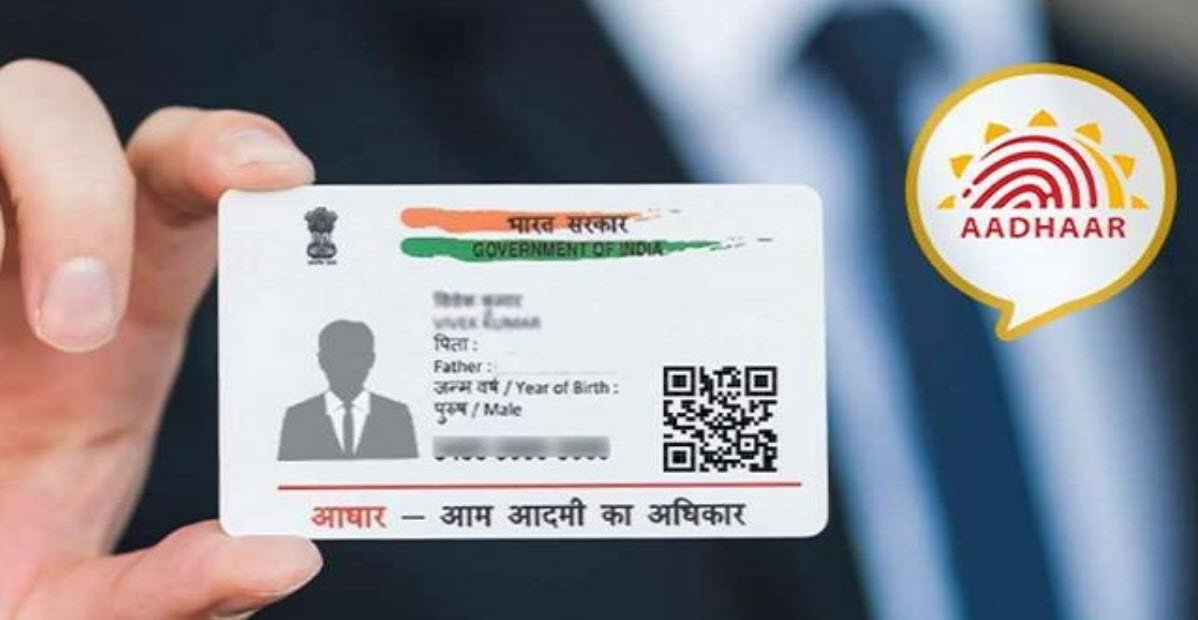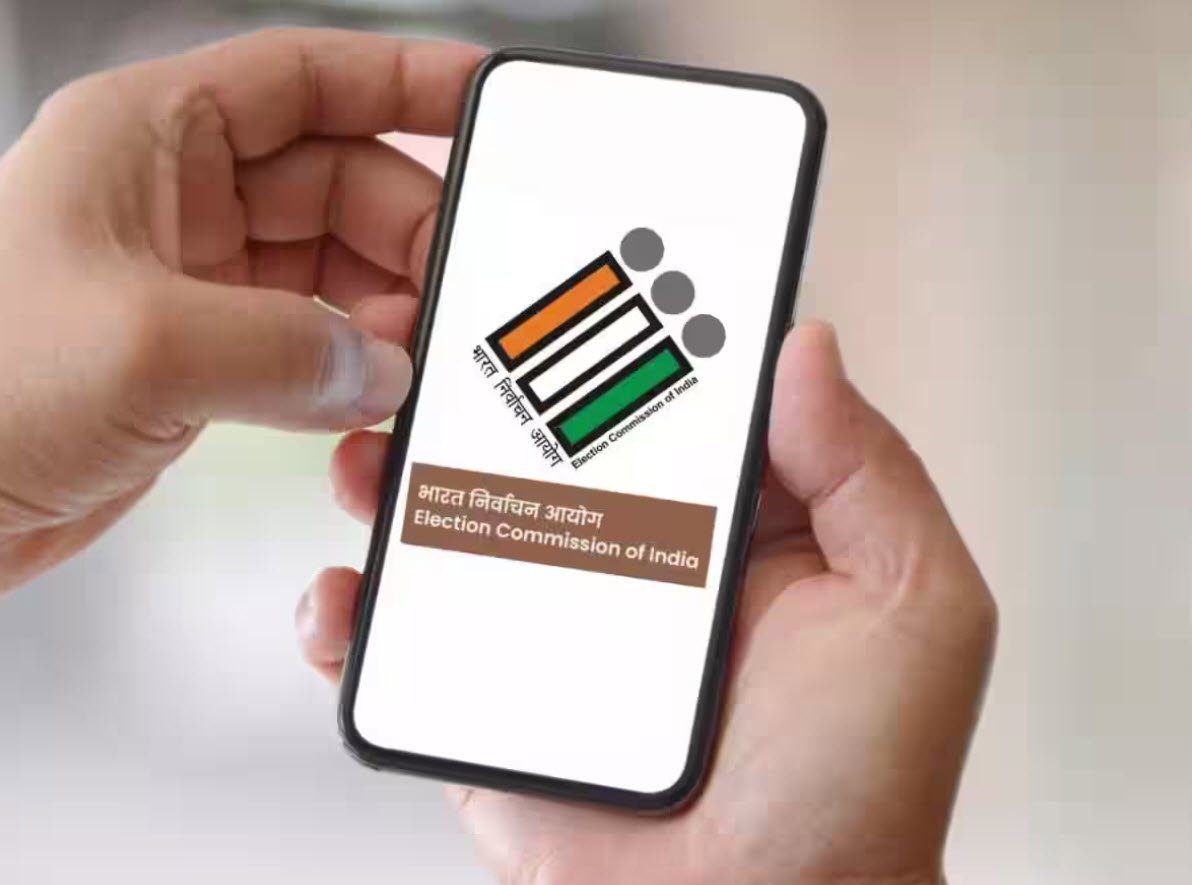
Practicing following mentioned tips throughout this article can help transform your business relationships—and relationships in general—and we all know how important relationships are in business. Also, since circumstances vary, we have to be careful not to be quick to judge when inaccurately reading others body language.
Also Read: 5 Important Body Language Elements You Need To Know
People might react in different ways and may not be paying attention to how they are coming across. Though there are so many factors at play, it is amazing how all humans express our basic emotions in the same way!
1. Pitching
As a business owner, you probably know that an elevator pitch is a powerful selling tool and can either make or break your business.
We’ve all been in an awkward situation and have gone blank as to what to say in a new business interaction. Lots of time and effort goes into preparing the pitch, but it’s important to be aware of your nonverbal cues and master not just WHAT you say, but HOW you deliver it. A great elevator pitch is short and engaging, conversational, simple and direct, and fresh and relevant.
- Feel confident. Be aware of your “fear” micro expression (with your upper eyelids raised) and avoid using a “deer in the headlights” face. When you feel confident, you’ll appear confident.
- Relax. Relax and make sure your upper body isn’t frozen! When you appear stiff, it has a domino effect in your pitch delivery and how it is interpreted.
- Avoid using words only. Spoken words is only 7% of our communication ability. Leverage nonverbal communication whenever possible. It doesn’t hurt to nod whenever it feels natural.
- Show your hands! Turn your palms up toward the other person.
- Avoid pacifying behaviors. These can make you look nervous or unconfident, and include rubbing your neck, biting your lips, fiddling with your watch, playing with your hair, etc.
WHEN PITCHING TO INVESTORS:
- Tell a story to invoke positive emotions and use nodding to affirm.
- Demonstrate ideas with your hands—be expressive!
- Use vocal tone differentiation and communicate the product experience using touch and other senses
- Show gratitude to demonstrate you would be a great person to work with
- Show deference to alphas to communicate respect
- Wear colors that are aligned with your brand and remember to get into peak state to appear and feel confident
2. Sales and Client Relationships
Building rapport is essential for strong customer and client relationships. It’s the basis of everything an entrepreneur does in his or her daily grind. Whether you’re networking, pitching to investors, or hiring, you have to develop rapport quickly and authentically. You want to build rapport as much as possible before going into ANY business interaction as it translates into a higher bottom line.
- Master the handshake. You should always start interactions using a handshake whenever you meet someone. You can tell a lot about a person from a handshake, and this is where you can learn a lot about your client or prospect. Having a good handshake signals that you’re confident, you can be trusted, and you are who you say you are. Make sure your handshake is firm and you move your hand in an up/down direction. Ensure that your palms are dry!
- Show your hands. As trust indicators, our hands are very powerful and you want to keep them visible as much as possible. Keep your hands above the table, avoid putting them into your pockets, avoid underarm crossing, and avoid sitting on or tucking your hands.
- Boost your confidence. Power posing can boost your confidence levels by increasing your good hormones (testosterone) and decreasing your stress hormones (cortisol). Certain power poses don’t just change how others perceive you, but also how you feel about yourself. Before meeting with a client or prospect, use expansive poses, claim your territory, draw your shoulders back, keep your head up, and plant your legs widely. Of course, you only want to do these power poses BEFORE the meeting.
- Leverage learning styles. Use your client’s learning style to bond with them. It will help reach the client more effectively because they’ll feel like you’re speaking their language. Are they a visual learner, an audio learner, or an experiential learner?
- Smile authentically. Don’t stop yourself from smiling when it feels right!
3. Customer Validation
As you probably already know, customer validation is essential to improve your product, get testimonials, build rapport, and upsell your customers. Body language cues can help with customer validation as it can make customers feel comfortable to open up and be honest.
- Mirror, mirror, mirror! Mirror your customer’s body language subtly and effectively. Match your client’s pace or cadence to get on their level, copy his or her facial expressions (we already do this subconsciously) and use similar words. Remember, the secret is to be subtle and natural!
- Name it and tame it. This refers to naming an emotion that comes up in the conversation and tame it. For example, if there is uncertainty that needs clarity, you can state something like “Maybe I’m wrong here, but…”.
- Use nodding. Being aware of your nodding habits is important, as mentioned earlier. Nodding helps emphasize agreement and increases rapport.
- Say your client’s name. How do you break through all the noise and clatter for your customer’s attention? The one word that immediately commands someone’s attention is their name. Recalling and integrating your client’s name helps build loyalty and rapport. Just remember not to overuse it!
- Let your customer hold your product. This doesn’t apply in the same way to service-based businesses, which should enable customers to experience or get a taste of their service. If you have a product, letting your customer physically hold it will enable them to feel ownership and want to have it.
Not many of us think about how our nonverbal messages are portrayed or know how to align their verbal and nonverbal communication. If there’s a mismatch, the listener will always believe the nonverbal message. As the saying goes, first impressions count and our brain makes a rule for that person.
4. Networking
For many of us, networking events can be extremely awkward. Networking is very important for any business, especially since we’re in the era of collaboration. It doesn’t have to be all small talk.
We can actually turn that awkwardness around by using nonverbal cues to get people to approach us and approach them without feeling hesitant.
According to Dr. Bertram Gawronski, first impressions are “accurate, immediate, and lasting”. They are so powerful that our brain treats them as rules. When we meet someone, our brain makes a rule for that person, and any follow-up interactions are exceptions to that rule. So it’s important to be aware of the impression we give off!
- Be expressive. Use your hands and be expressive in your face. Have an authentic smile and an engaged face. Using “hmm” and “ahh”, nodding slightly and maintaining eye contact will let the other person know you’re listening to them. Be mindful of your voice tone.
- Use your eyebrows. Use the eyebrow flash as a subtle invitation cue when wanting someone to approach you—without appearing flirtatious. When you’re talking to others, keep your eyebrows lifted and avoid overhead gazing which can make others feel like you’re distracted.
- Be aware of your body movements. Use a slightly angled pose and keep your gestures within or close to your torso area. Approach people from the side or front rather than from behind, especially women. Move slowly and don’t pace back and forth around the room.
- Approach approachable people. Look for people with loose arms and an open stance, who are not on their phones. Avoid going up to people by the restroom, exit, or right after they get food. The secret is to stand where people go right after they get their drink.
- Have a story toolbox. It’s always great to pull out a story about yourself or your business when talking to someone new. It helps break the ice and feels more personable, leading to a deeper, more meaningful conversation.
5. Negotiation
Most people don’t realize that we negotiate all the time. We all approach negotiation differently.
- Negotiate in person. Of course, this isn’t always possible, but insist on a video call if you have to negotiate virtually. Even if you’re on a phone call, use your body language as if your counterpart was right in front of you. Your tones and inflections would be affected by your body language as well. When you’re smiling, your counterpart can tell the difference from when you’re not.
- Research, research, research! Try to find information about your counterpart before a negotiation. Sometimes we focus on what and how they write, but it’s important to also observe their body language by looking at photos and videos of them.
- Position the decision maker well. People have a harder time making a decision when they can’t see who is approaching them. Especially in a public place, people with their back to the open room have higher heart rates and blood pressure, making it hard for them to relax. When you’re in a public place, make sure the decision-making person is facing the open room to put them more at ease to make a positive decision.
- Use your hands. Use your hands to demonstrate the importance of each issue. You can also use a fist pump to emphasize a point or show that you’re strong in your opinion.
- Mirror your counterpart. You learned about mirroring earlier, but when it comes to negotiation, you should identify your counterpart’s normal—or baseline—body language in order to read them accurately while negotiating. The best time to get a feel for how your counterpart acts in a neutral setting is before the negotiation starts, during the “small talk” phase. “Baselining” entails observing others when they are not feeling anxious or stressed out.
6. Interviewing New Team Members
Finding the right people is the single largest problem in business today. Who you hire is essential for your business to succeed and is even more important than your strategy and product. Many people have been trained to place more emphasis on spoken words instead of picking up on nonverbal signals and trusting their “gut” instinct.
Suggested Read: Top 5 Tips for Handling Conflict in Your Team
When hiring new team members or contractors, you want to portray body language that will attract the right candidates. You also want to be able to notice their natural body language. For the interviewee, it is likely that their body language will have more of a positive impact on their success than anything they say.
- Use the power of silence. You want your interviewee to talk as much as possible so you can learn about them. When they finish speaking, remain silent for an extra half to full second to see if they want to continue talking. Your interviewee will likely fill that silence with more detailed, deeper information.
- Do not mirror when interviewing. You want your interviewee to show their body language that they do naturally. You can nod and tilt your head to show interest and engagement.
- Watch for self-soothing behaviors. These include the “leg cleanse” (people rubbing the top of their legs with the palms of their hands), nonverbal signs of doubt (head turned away or down to one side), self-touch, fidgeting, picking “dirt” from under nails or cuticles, squeezing or pinching skin on their arms, and playing with their hair or jewelry.
- Watch their eye contact. If the interviewee does not maintain eye contact, this is indicative that he or she may not be comfortable enough to hold the gaze of a peer or client. This is especially important if the job entails lots of interaction with other team members and clients, such as helping close deals.
- Watch for dishonesty. Hesitation, shifting eyes, question inflection, “um” or stalling before answering, frozen upper body or face, one-sided shoulder shrug, and repeating the question are all signs of dishonesty.
- How to File ITR Online – Eight Easy Steps for E-Filing Income Tax Return
- How to Apply for a Driving Licence Online
- How to Download an Interest Certificate from ICICI Bank
- 8 Key Things You Want To Know About Settling LIC Maturity Claims
- How To Retrieve Lost or Forgotten Aadhaar Number? Check Step-by-step Guide Now
- How to Check Your EPF Account Balance – Online and Offline Methods
- How to Check Your Name Online on Voter List – Lok Sabha Elections 2024
- Mastering the Art of Job Interviews – Tips for Success
- A Guide on How to Dress for a Job Interview
- Most Commonly Used Acronyms You Need To Know








